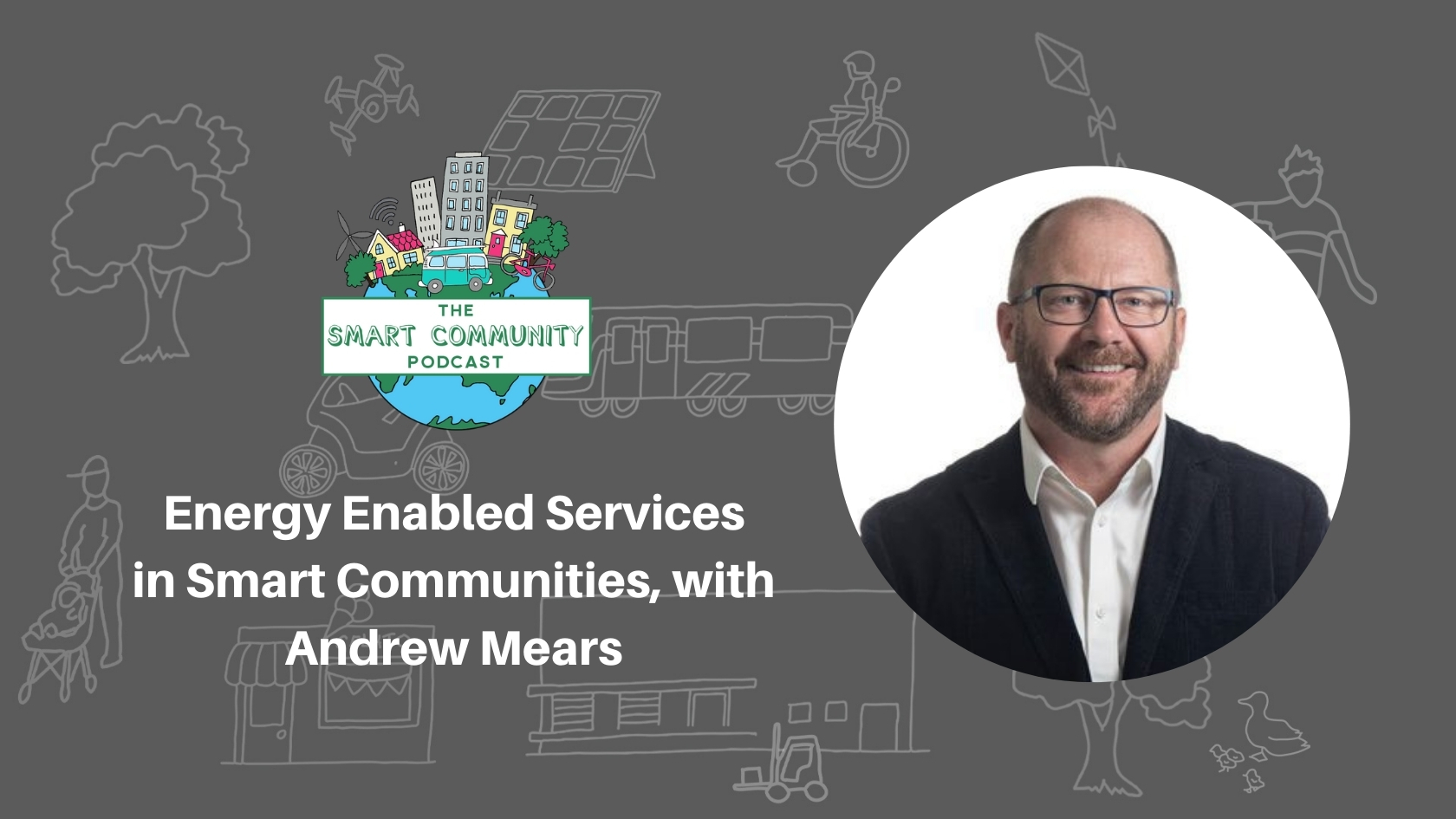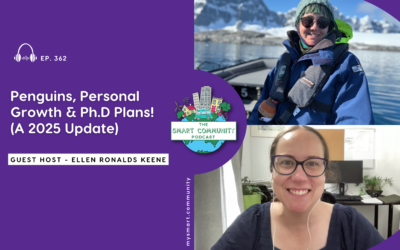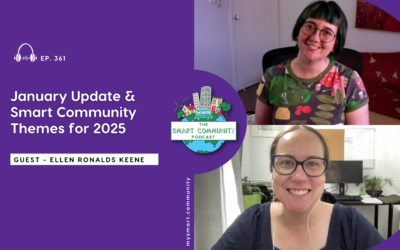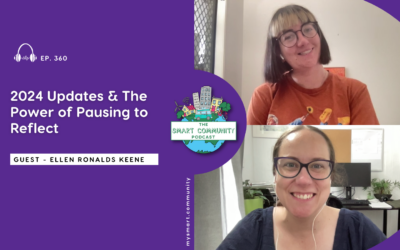In this episode of the Smart Community Podcast I had a brilliant conversation with Andrew Mears, the Founder and CEO of SwitchdIn, a software and IoT company that provides a solution for managing distributed energy resources to enable high penetration of renewable energy. Andrew tells us about his background as an electrical engineer and working on renewable energy projects in developing countries, and how that led to the founding of his company, SwitchdIn. We discuss how the approach to energy services is different in developing countries and the innovation there has been around renewables and energy service business models. Andrew then tells us what a prosumer is and why the maturity of our energy market in Australia isn’t set up for prosumers—yet! We then talk about SwitchdIn and some of the projects they’ve been working on, plus why Australia is a great place in the world to be building a product like SwitchdIn. Andrew explains the difference between a microgrid, Smartgrid and virtual power plant, as well as the emerging trends in distributed energy services. We finish our chat discussing some of Andrew’s favourite Smart Community resources. As always we hope you enjoyed listening to this episode as much as we enjoyed making it.
Listen here:
What we cover in this episode:
- Andrew’s background in electrical engineering, academic research and renewable energy projects in developing countries
- How the approach to energy service business models is different in developing countries compared to places like Australia
- Andrew’s experiences delivering remote energy services in Botswana and how that led to his founding of SwitchedIn
- What a Smart Community means to Andrew
- What a “prosumer” is and why the maturity of our energy market in Australia isn’t set up for prosumers
- What Andrew does day to day at SwitchdIn
- Why Australia is a great place in the world to be building a product like SwitchedIn
- Some of the projects Andrew’s been working on
- The difference between a Microgrid, a Smartgrid and a Virtual Power Plant
- The emerging trend of rooftop solar changing management and economics of our energy system
- The challenges that come with distributed energy service and the disruption of the current energy services models
- How policy can be a barrier or enabler for this new type of community
- Some of Andrew’s favourite Smart Community resources
Quotes:
“I’ve been working in developing countries for a long time and renewable energy was the least-cost option for energy services. For a long time, [for] 30 years, renewable energy has been the least-cost option compared to the alternative, which was grid extension. And in many countries where there just isn’t the sort of emphasis and the infrastructure or the institutional arrangements that enable cost effective grid extension, providing solar and batteries to a medical centre, school or home was really the least-cost option. So, as a consequence, in those sorts of settings, we’ve seen a lot of innovation around service business models.”
“A prosumer is a producer and consumer. Historically people have consumed electricity. But with the decreasing cost of solar energy technologies in particular, all of a sudden people can now produce electricity and if they have electricity that they haven’t consumed themselves, then they can export that back to the electricity system. So they’re both producing and consuming.”
“Australia is about the best place in the world to be building a product like [SwitchdIn]. It’s pretty well the test market for the world for distributed energy services. We’ve got a high penetration of solar, a very educated consumer and electricity is not cheap. And whilst we don’t have a proactively positive policy environment, it certainly is still enabling and as a consequence, when it comes to batteries or solar or micro grids or virtual power plants, Australia is a couple of years ahead of the closest markets in the world for this type of solution.”
“In Australia, we distinguish between micro grids and embedded networks, and they’re two terms which are often confused. Really, an embedded network is the same as a micro grid, but it doesn’t have the ability to operate on its own in isolation, whereas a micro grid, it does have the ability to some extent to operate on its own…What this means is a much more resilient system. It also means a new approach to how we integrate renewable energy and how we think about renewable energy generation sources and that has implications for planning and operation of these systems as well as the ownership models that underpin investment.”
“From a Smart City perspective, these different modalities of energy service provision open up new opportunities. So the microgrid is really a new way of thinking about how we manage our grid. The virtual power plant is really a new way of thinking about how we deliver energy services. And how as individuals taking advantage of the opportunities for rooftop solar and battery storage and electric vehicles, we can enable new ways of participating in the energy market or providing services to support the operation of the grid.”
“The internet changed the way we think about information and communications. And solar and batteries and EVs are going to change the way we think about energy enabled services.”
Links:
Connect:
Find the full show notes at: www.mysmart.community
Connect with Andrew at switchdin.com or via andrew.mears@switchdin.com
Connect with me via email: hello@mysmart.community
Connect with My Smart Community via LinkedIn or Twitter and watch on YouTube
The Smart Community Podcast is produced by Perk Digital.






0 Comments